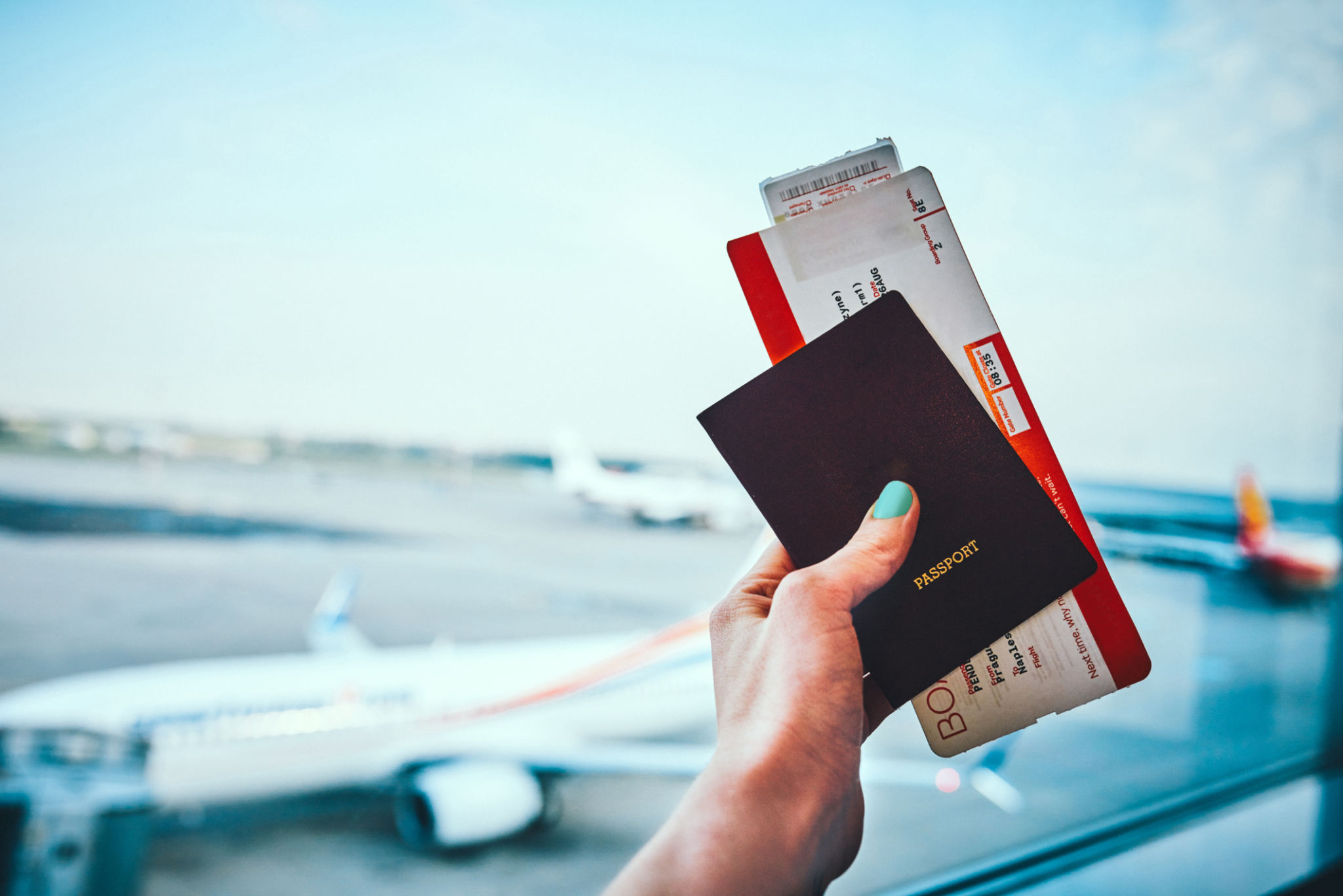Navigating Legal Challenges: Common Questions About Native American Travel Rights
Understanding Native American Travel Rights
Understanding the legal landscape surrounding Native American travel rights can be complex due to the unique status of tribal sovereignty in the United States. Tribes are considered domestic dependent nations, which gives them certain rights and responsibilities. This post aims to clarify some of the common questions about these rights and shed light on how they affect travel both within and outside tribal lands.

What Are Tribal Lands?
Tribal lands are areas designated as sovereign territories for Native American tribes. These lands are governed by tribal law, which may differ from federal or state laws. It's important to recognize that while traveling through or to these lands, different regulations may apply depending on the specific tribe's governance.
Travelers should be aware that tribal laws can affect various aspects of their journey, including hunting and fishing rights, land use, and even traffic regulations. It's advisable to research and respect these rules to ensure a smooth travel experience.
Do Native Americans Need Passports for International Travel?
When it comes to international travel, Native Americans must adhere to the same requirements as other U.S. citizens. This means a valid passport is necessary for international travel. However, for travel between the U.S. and Canada, the Western Hemisphere Travel Initiative allows for the use of enhanced tribal cards as an acceptable form of identification.

These enhanced tribal cards are issued by certain tribes and must be approved by the Department of Homeland Security. They serve as both proof of identity and citizenship, facilitating border crossings for Native Americans.
Are There Restrictions on Traveling to Tribal Lands?
While most tribal lands welcome visitors, there may be restrictions in place for certain areas or events. For example, some tribes may require permits for entry onto their lands or for participation in specific cultural events. It's crucial to contact the tribal authorities beforehand to understand any rules or limitations that might apply.
Moreover, during certain times, such as during pandemics or cultural ceremonies, tribes might impose additional restrictions to protect their communities. Staying informed through official tribal websites or offices is recommended.

How Do Native Americans Benefit from Travel Rights?
Native American travel rights are designed to preserve tribal sovereignty and promote cultural exchange. These rights allow tribes to maintain control over who enters their lands and how resources are used. They also enable tribes to engage in commerce and tourism, which can be vital for economic development.
Furthermore, these rights help preserve cultural practices by allowing Native Americans to travel freely across borders for ceremonies and gatherings that are central to their traditions and heritage.
Conclusion: Respect and Awareness
Navigating the legal challenges of Native American travel rights requires a balance of respect and awareness. By understanding the regulations that govern tribal lands and recognizing the sovereignty of Native American tribes, travelers can ensure respectful and enriching experiences. Whether you are a visitor or a Native American planning your travels, staying informed and respectful of these unique legal frameworks is essential.